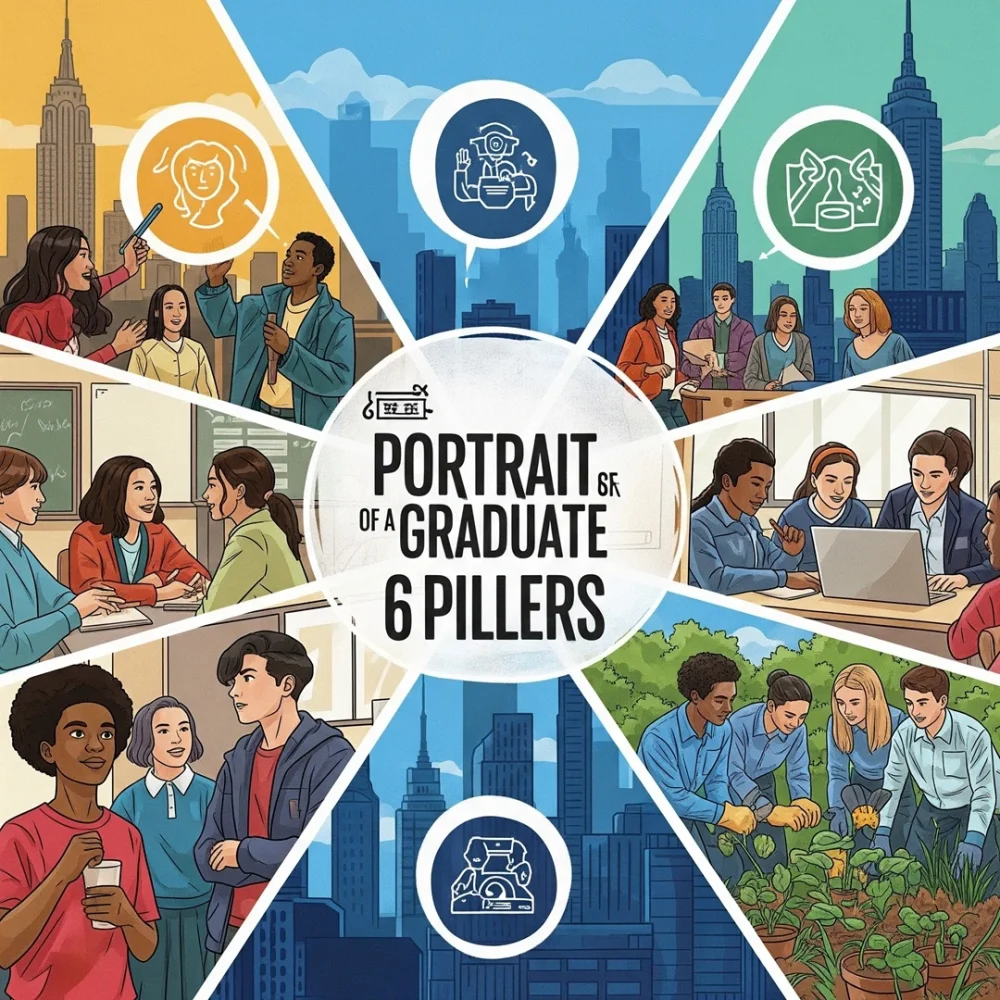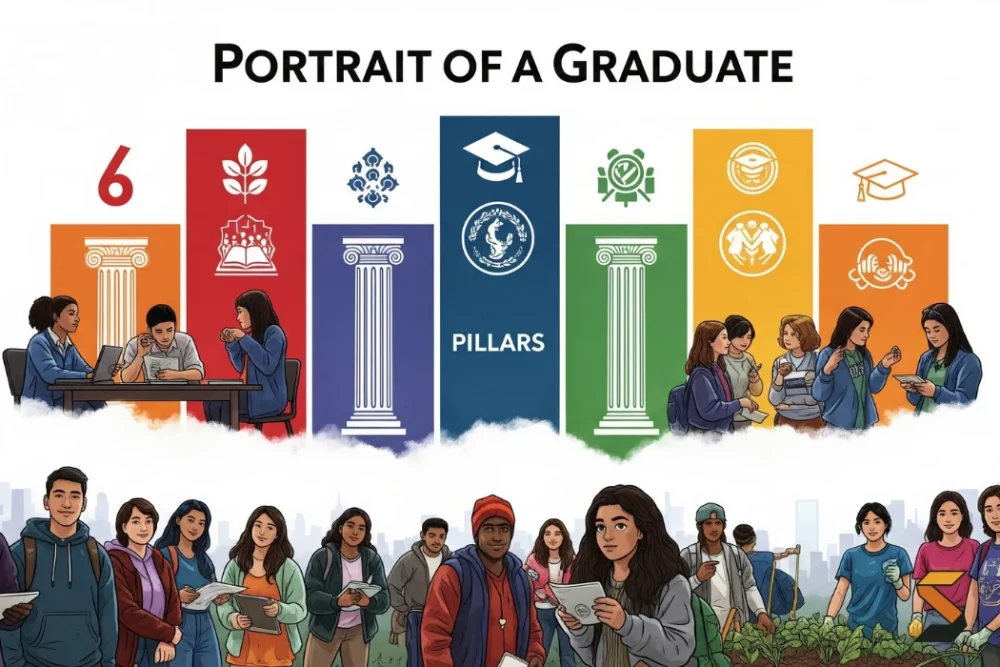State officials have officially fired the starting gun on a complete overhaul of high school graduation requirements, a move that will phase out the century-and-a-half-old Regents exams as a mandatory rite of passage. In their place, a new vision known as the “Portrait of a Graduate” has been approved, leaving parents, educators, and community leaders holding a mix of hope and apprehension.
The question that has hung heavy in the air for months has been answered, at least in part: What does a New York high school diploma mean without the Regents?
On Monday, the New York State Board of Regents voted to approve the framework that will serve as the “North Star” for our educational system, according to Angelique Johnson-Dingle, Deputy Commissioner of P-12 Instructional Support. This “Portrait of a Graduate” moves beyond rote memorization and standardized test scores, aiming to cultivate students who are well-rounded, engaged, and prepared for a world that demands more than just academic proficiency.
Decoding the “Portrait of a Graduate”
So, what does this new graduate look like? State education officials have defined six core pillars that every student will be expected to embody. Forget the singular focus on bubbling in the right answer; the graduate of the future will be:
- Academically Prepared: Grounded in essential knowledge and skills.
- A Creative Innovator: Capable of thinking outside the box and generating novel ideas.
- A Critical Thinker: Able to analyze information, challenge assumptions, and form reasoned judgments.
- An Effective Communicator: Skilled in expressing ideas clearly and collaborating with others.
- A Global Citizen: Aware of their role in an interconnected world and committed to service.
- Reflective and Future-Focused: Possessing self-awareness and the ability to set and pursue personal, academic, and career goals.
Crucially, officials emphasize that these qualities must be infused with the principles of culturally responsive-sustaining education, ensuring that a student’s background and experiences are seen as assets in their learning journey. Instead of a single high-stakes test, students will have multiple pathways to demonstrate these competencies. Think capstone projects, research papers, community-based service learning, and robust debate programs.

A Necessary Evolution or a Leap of Faith?
The move away from mandatory exit exams aligns New York with a growing national trend. Only a handful of states still tie graduation to passing such tests. Decades of research have suggested that these exams do little to improve long-term student success or earning potential, and may actually contribute to higher dropout rates, particularly among students of color and those from low-income backgrounds.
The phase-out feels like a long-overdue victory for many who have argued that the Regents exams have served more as a barrier than a benchmark of true readiness. They have often been criticized for narrowing the curriculum and forcing teachers to “teach to the test,” stifling creativity and deeper learning in the process.
However, the transition is not without its critics and deep-seated anxieties. For generations, the Regents diploma has been a symbol of rigor in New York.
“It is really, really important from a public relations and publicity point of view, to get the ‘how’ as quickly as we can,” voiced Regent Roger Tilles of Nassau County, acknowledging the community’s attachment to the old system. “There are so many people out there, as we know, that crave the old Regents exam.”
This sentiment is echoed in the hallways of our schools. One Brooklyn high school principal, who spoke to us on the condition of anonymity, expressed a common concern among educators. While they see the “Portrait of a Graduate” as a step in the right direction, the lack of concrete details on implementation and assessment makes them hesitant.
“If you start telling students that the Regents is not required, then it’s going to impact performance negatively,” the principal shared. “Guidance hasn’t been shared about what should be communicated or when it should be communicated.”
What Happens Now?
The timeline is ambitious, yet feels distant for current students. The first class to fall fully under the new credit requirements will be ninth graders entering in the fall of 2027—the Class of 2031. The full suite of new graduation measures won’t be completely in place until the 2029-30 school year.
State officials are expected to release more detailed guidance, including rubrics and assessment tools, over the course of the next school year. But the Board of Regents is clearly feeling the pressure to move forward, fast-tracking the vote on the framework this summer.
For our communities, this is a moment of profound change. It’s an opportunity to redefine success and to build an educational system that truly prepares our children for the complexities of the 21st century. But it also demands our vigilance. The “how” is everything. It will require immense support for our schools, rigorous and equitable assessment methods, and transparent communication with families every step of the way.
The “Portrait of a Graduate” is a beautiful vision. Now, the hard work begins to ensure it doesn’t just hang on a wall, but lives and breathes in every classroom, for every child, in every corner of New York. The future of our children, and the state itself, depends on getting it right.





